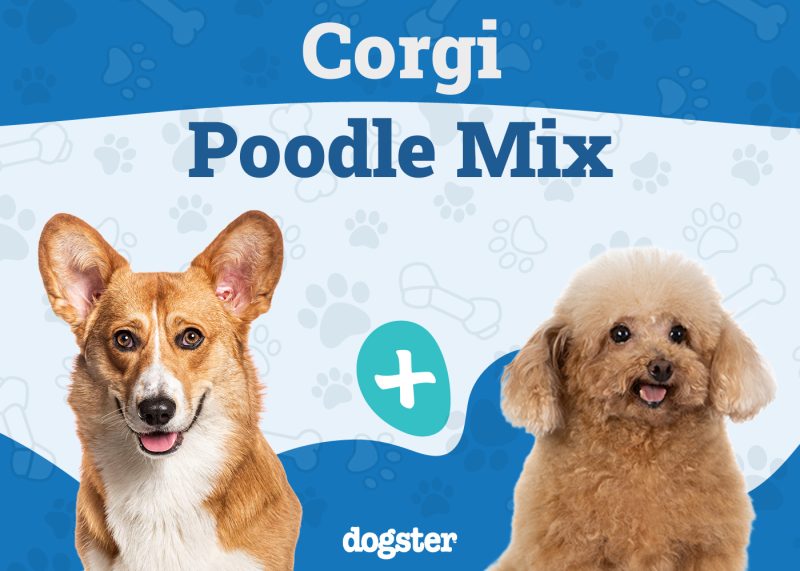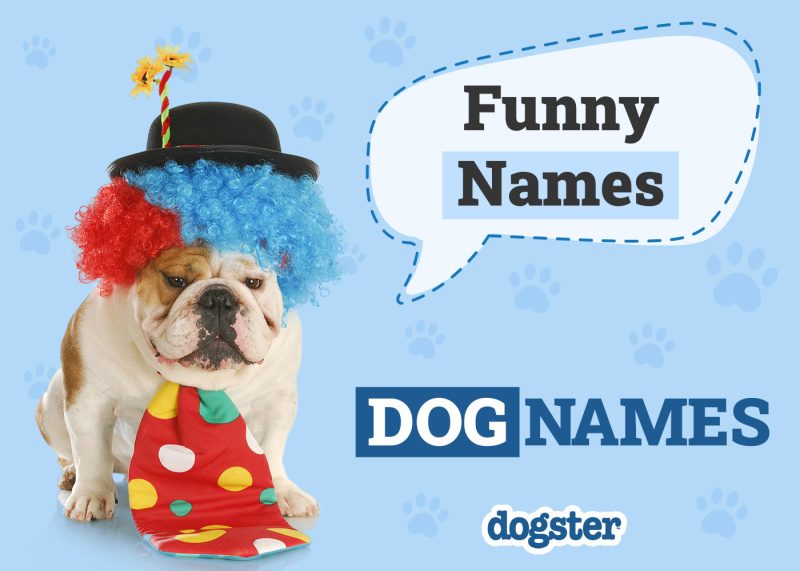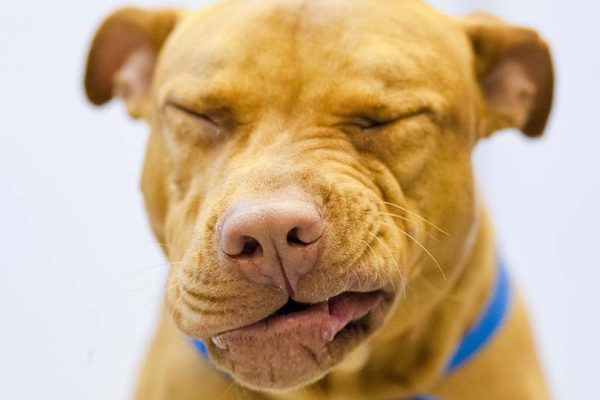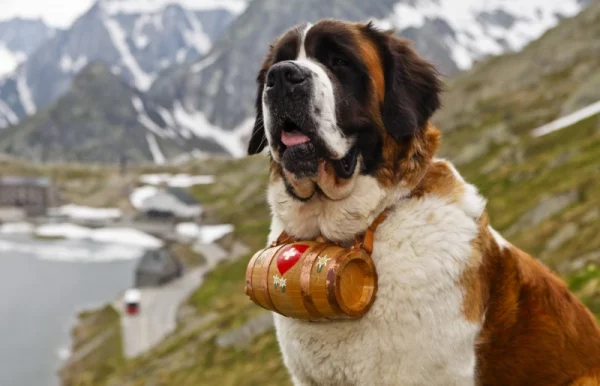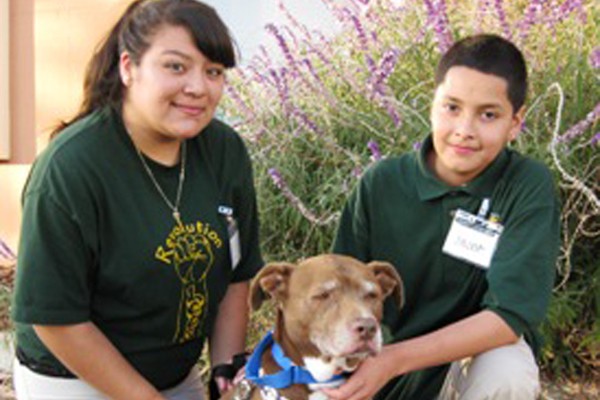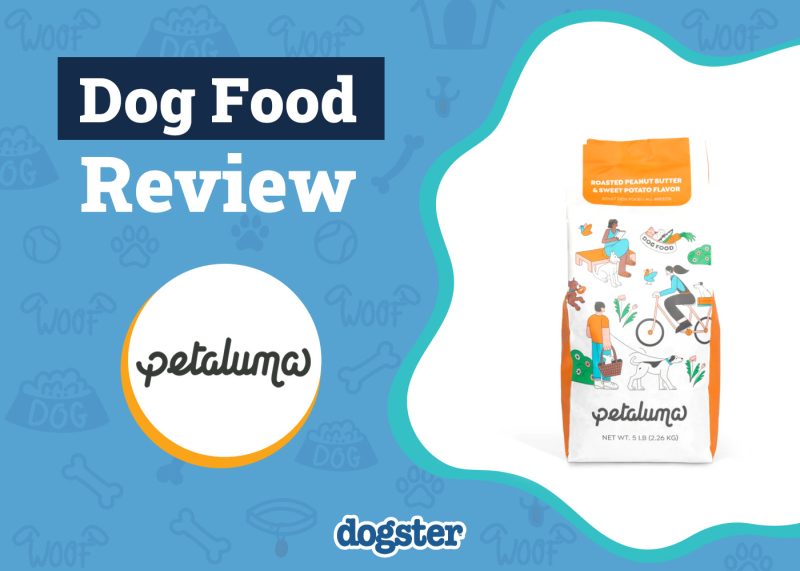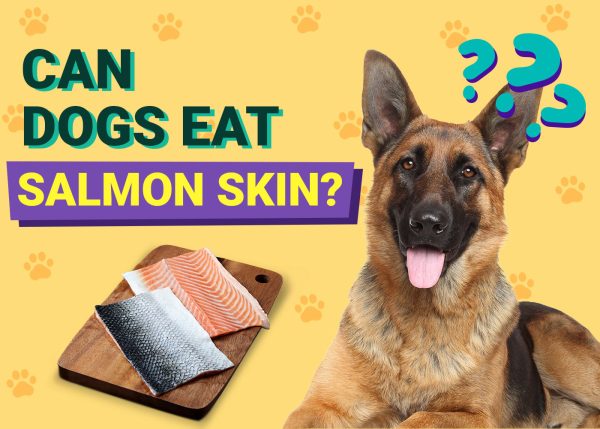In this article
View 3 More +Many people are obsessed with having small dogs, especially now that apartment living is becoming more common. The two most popular pocket-size dogs are the Japanese Spitz and the Pomeranian. They are both friendly and don’t require a big space to move around.
The Japanese Spitz is high-spirited, intelligent, and playful and will often come up with little ways to make you smile and laugh. They are also quite adventurous and make the perfect companions on a hike or a trip to the beach. Pomeranians are easy to train and make excellent watchdogs. They are also energetic little dogs, and short walks are great activities for them.
Although these dogs are both spitz dogs and thus appear quite similar, they have quite a few differences. In this article, we outline their features and differences. This information should help you decide which dog is the perfect fit for you and your family.

Visual Differences

At a Glance
- Average height (adult): 12–15 inches
- Average weight (adult): 10–25 pounds
- Lifespan: 10–16 years
- Exercise: 1+ hours a day
- Grooming needs: Moderate
- Family-friendly: Yes
- Other pet-friendly: Often
- Trainability: Intelligent, loyal
- Average height (adult): 7–12 inches
- Average weight (adult): 3–7 pounds
- Lifespan: 10–16 years
- Exercise: 1+ hours a day
- Grooming needs: Moderate
- Family-friendly: Yes
- Other pet-friendly: Often
- Trainability: Intelligent but snappy at times

Japanese Spitz Overview
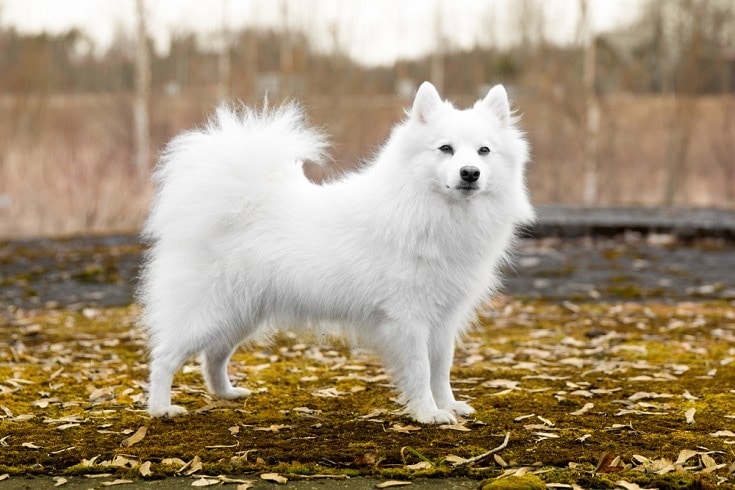
The Japanese Spitz was developed in Japan mainly in cold and snowy regions and can be easily identified by their fluffy fur. They have a long double coat that grows incredibly thick around the neck and sheds seasonally. They have a foxlike face with erect ears that give them an alert expression. Due to their athletic build, this breed has a muscular body with a deep chest.
Personality
The Japanese Spitz is a fun-loving dog that gets along well with people of all ages. They’re quiet and cheerful, making them the ideal housedog, which is good because they love being around people. Their small size and moderate energy levels make them the perfect apartment dog. Japanese Spitz dogs also get along well with other household pets and small children.
Health & Care
The Japanese Spitz has a thick and fluffy double coat that sheds occasionally, and thus, they need to be brushed often. The coat is surprisingly easy to care for since no regular trimming is required. The hair also naturally repels dirt, and the dog only needs occasional baths to feel and look clean. However, the muddy season poses a significant challenge for most owners since this playful dog breed loves rolling around.
They are incredibly healthy and have a long lifespan, living up to 16 years. However, the breed often experiences luxating patella,1 and the dog owner may notice a skip in their step or see their dog walking and running on only three legs.
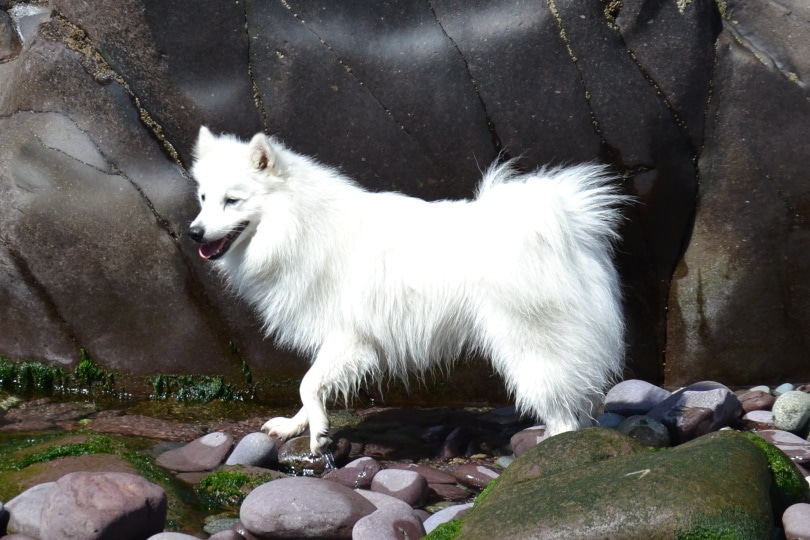
Grooming
The Japanese Spitz sheds their fur twice a year, thus losing much of their undercoat. Extra brushing and trimming are required during this time to avoid the extra hair getting on furniture and clothes. Ensure that you keep the nails short by trimming them regularly and clean their ears when they start accumulating dirt. You also need to pay attention to their dental hygiene by brushing their teeth at least twice weekly.
Training
The Japanese Spitz is intelligent and loyal, making them easy to train. The best way to train this dog is to keep the sessions short and end them positively. You can also incorporate a dog whistle and introduce short verbal commands.
It’s also recommended to start socializing your Japanese Spitz early to overcome shyness and nervousness around new people. Although they are pretty small as puppies, resist the urge to carry them everywhere—let them walk independently, as this boosts their confidence and makes them well-adjusted.
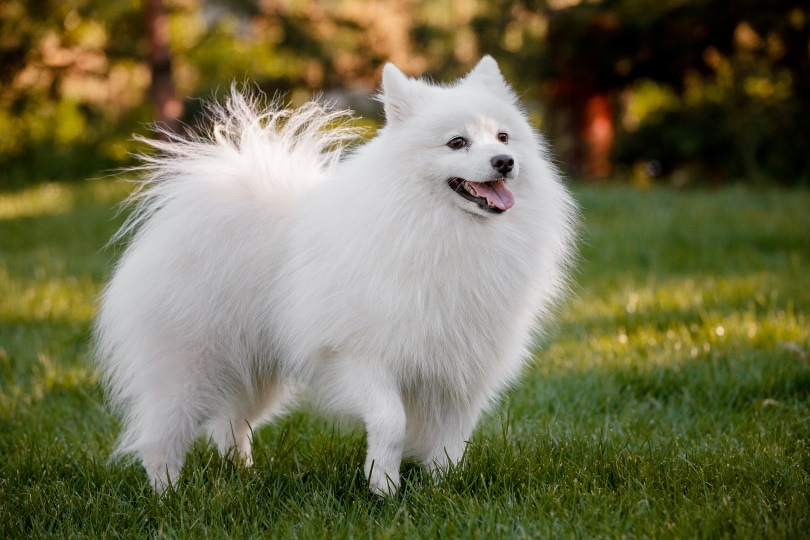
Suitable For:
The Japanese Spitz is people focused; whether they have one owner or several, they do not care and will show equal amounts of love. They love living in a family and get along well with children and the elderly due to their calm temperament. Puppies are eager to learn, and being around many people can speed up their progress.

Pomeranian Overview
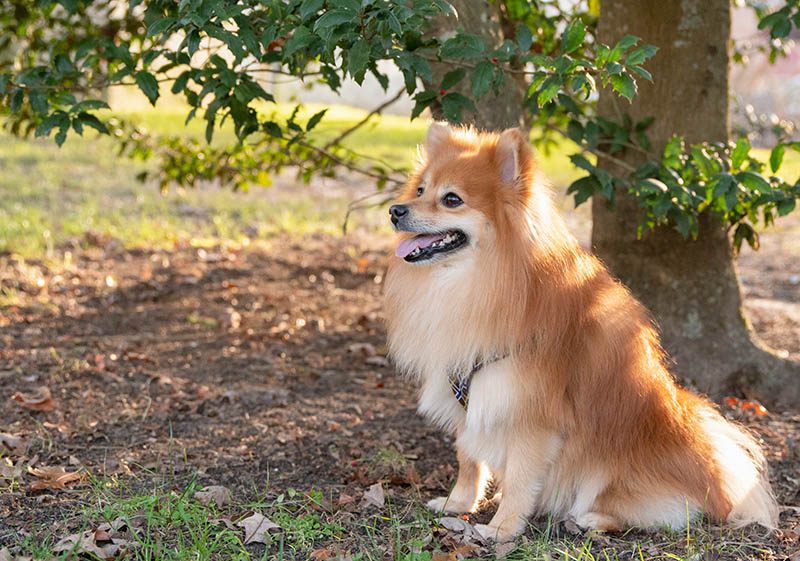
Although small, Pomeranians are perky and friendly dogs. They closely resemble the Japanese Spitz with their thick coat and square bodies. Their tails are usually curled and feathery, and their faces have the same foxlike resemblance with perky ears. They get their name from the area of Pomerania near Germany, where they were first bred and used as sleigh dogs.
Pomeranians are intelligent and loyal to their families. However, they can be independent and bold, which sometimes leads them to pick a fight with much larger dogs.
Personality
Pomeranians are playful and exceptionally social, making them great family additions. They are active and should be exercised regularly, at least with a short walk per day to keep them relaxed, though it’s even better if you can get them to join you on hikes or nature trails. Pomeranians are also excellent watchdogs and will alert their owners by barking once they sense trouble.
Health & Care
While they are small, with the tiniest specimens weighing around 3 pounds, Pomeranians are quite healthy dogs with few health issues. According to the American Pomeranian Club,2 they may develop epilepsy and seizures, though, so owners should always be on the lookout for signs of these conditions.
Pomerians are easy to care for due to their friendly temperament and are at home whether in an apartment or the country. However, you need to ensure that you take them to the vet often for checkups.
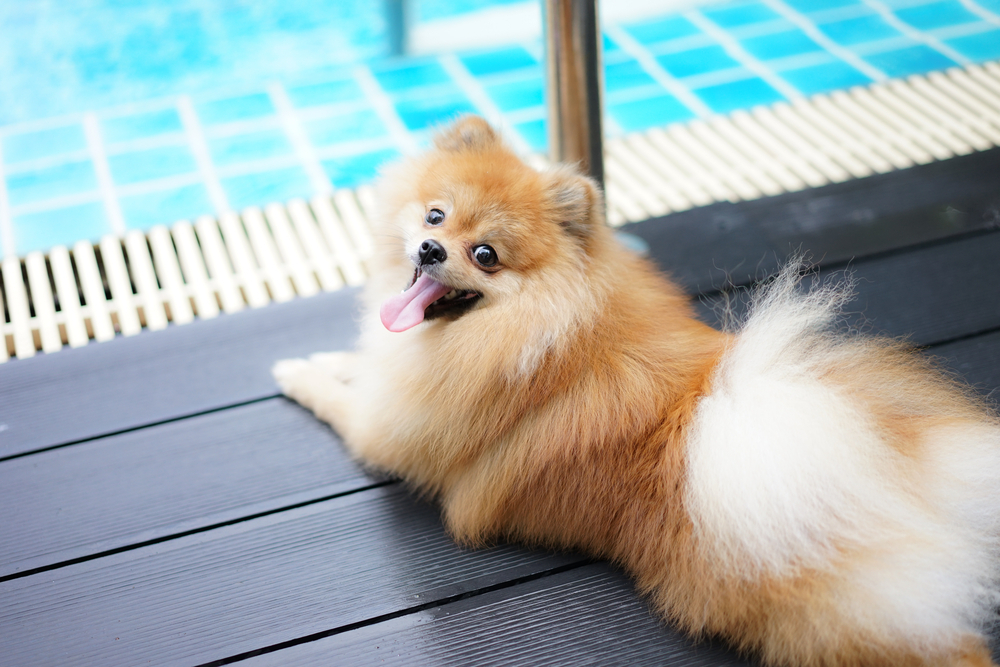
Grooming
Like the Japanese Spitz, the Pomeranian must be brushed often since they have a long thick coat. Groomers recommend brushing them thrice weekly during the peak shedding periods. Their teeth also need to be brushed regularly to keep them from suffering dental issues like cavities, a common health issue for this breed. They should be bathed at least twice a month to keep them fresh and clean and to prevent the fur from matting.
Training
Pomeranians are intelligent and friendly, making them easy to train. However, they are also quite bold and can get snappish when not properly trained. They are playful little dogs, and in most cases, they will assimilate to whatever you have them do. Make sure you have a lot of treats and toys when training them, and use positive reinforcement. However, they often don’t adapt well to strangers and new pets and may have to be isolated until they get familiar with them.
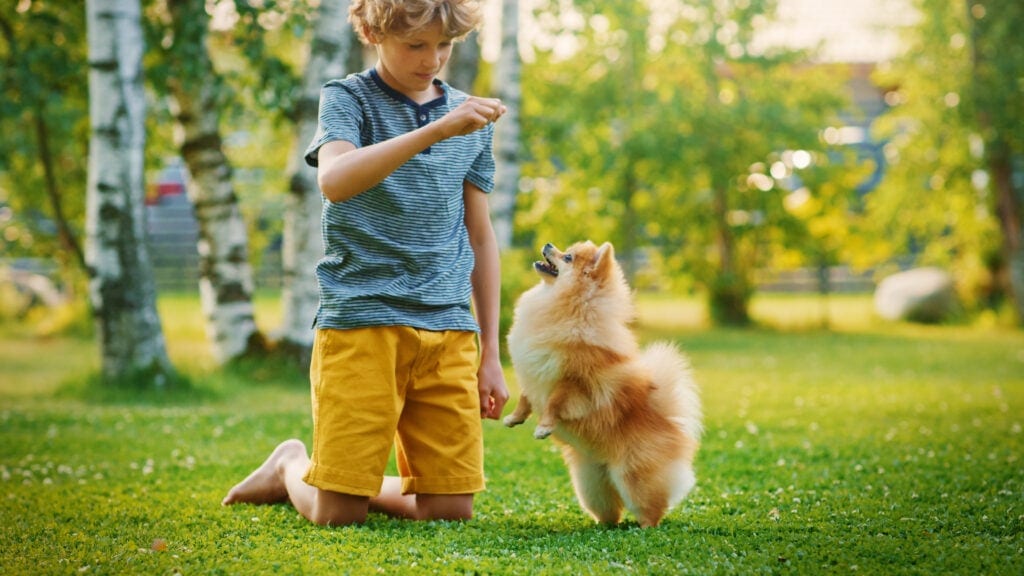
Suitable For:
Pomeranians are suitable for people of all ages; however, kids need to be taught to handle them with care since they can get snappy at times. They are also suitable for people with a busy schedule since they are good at keeping themselves entertained; they don’t need much pampering or fussing. However, you need to keep an eye on them when they are playing outside because they are expert escape artists!

How Do You Prepare Your Home for a New Pet?
Knowing how to prepare when bringing a pet into your home might be challenging if you are a first-time dog owner. Animals are comforted by familiar surroundings and smells and might feel uncomfortable in new spaces. Preparation is, therefore, the most crucial step when bringing a new dog into your home.
1. Gather Supplies
Prepare the items your dog will need in advance. You’ll need a new bed, leash, collar, water, food bowls, and toys. Keep in mind most animals are territorial, and most will not feed from a bowl with another animal’s scent.
2. Educate Family Members
Before your new pet comes home, educate your family members, especially young children, on how to deal with the pet. Also, ensure that you assign duties before the pet comes to avoid confusion. Who will walk the dog and when? Who will brush them? This also helps the dog acclimatize faster.
3. Plan Their Arrival and Establish a Routine
If you can, arrange for your dog to arrive during the weekend when everyone is at home and when you can stay with them for a few days. Spend some quality time together, and ensure that you establish a routine with them. It’s best to do this in your house or yard without distractions. Keep things consistent for the first few weeks until they are well-adjusted.

Final Thoughts
Dog ownership is more than a privilege; it’s a responsibility. Whichever dog you choose, you should be ready to take care of their needs, including ensuring that they get the proper nutrition, exercise, and training. Make sure your family is on board and they know the appropriate way to handle the pet, especially young kids. Many small breeds like the Pom and Japanese Spitz are often mishandled, which can cause them to act out of character.
Before getting a dog, ensure that they’re the right fit for you and your family. Hopefully, this article has shed some light on these breeds and helped you choose the right one.
See also:
Featured Image Credit: (L) beeboys, Shutterstock | (R) Jumpstory



